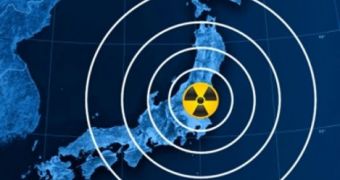Analysts looking into how the Fukushima Daiichi nuclear power plant was affected by the March 11 earthquake and tsunami that hit Japan are beginning to derive conclusions about how to prevent such disaster from occurring in the future.
The nuclear accident is providing us with methods of making the use of nuclear energy more secure, experts agree. They say that without the devastation, engineers taking care of nuclear power plants would have continued to make mistakes in a number of ways.
Researchers at the Massachusetts Institute of Technology (MIT), in Cambridge, have also released their latest report recently, showing the steps that should have been followed in order to ensure the tsunami that hit the power plant did not lead to such a catastrophe.
For one thing, the emergency generators were located too close to the waterfront, and had very little protection to shield them against the onslaught of the waves. These oversights were enough to guarantee the failure of the critical components, which eventually led to meltdowns.
Also, it may prove to be a good idea in the future to construct reactors in a power plant further apart than is currently the norm. This will prevent instances in which hydrogen explosions in one facility affect the structural integrity of reactors nearby.
The report was put together by experts with the MIT Department of Nuclear Science and Engineering (NSE), who tracked the development of the situation at Fukushima for weeks, following the March 11 natural disaster.
“A lot of information that was not available when we started has become available,” MIT expert Jacopo Buongiorno says. Still, he admits, there are numerous bits of information that would be very useful, but have yet to be released to the public.
Buongiorno is the MIT Carl Richard Soderberg associate professor of power engineering. He was the lead author of the new report, which was co-authored by eight other NSE faculty members.
Unlike other studies that informed governmental reactions to the crisis, the new document does not propose renouncing nuclear energy altogether, such as some European countries pledged to do.
“If you have an accident in your car, you don’t stop driving a car, you learn from it. In this case, the accident was like a tree that fell on the car. It wasn’t the car itself,” Buongiorno goes on to say.
“This report is both an excellent summary and provides thoughtful suggestions. Of particular importance, the report addresses the links to energy policy and comparative-risk aspects, in addition to the purely technical and licensing considerations,” expert Romney Duffey adds.
He holds an appointment as the principal scientist at Atomic Energy of Canada Ltd. “The concept of using easier-to-understand measures of risk is vital to better communicating with everyone during such times of great stress and uncertainty,” he concludes.

 14 DAY TRIAL //
14 DAY TRIAL //